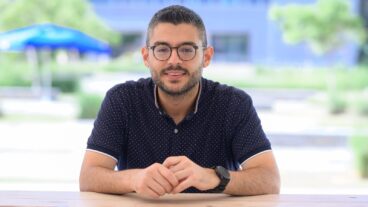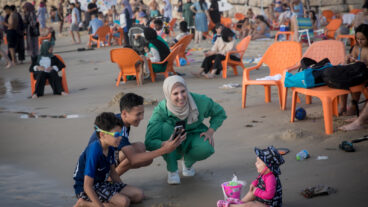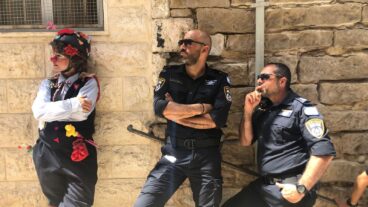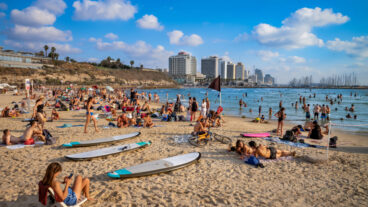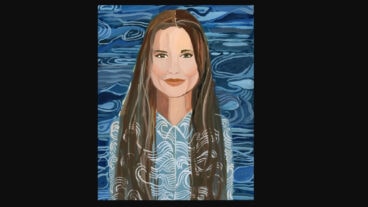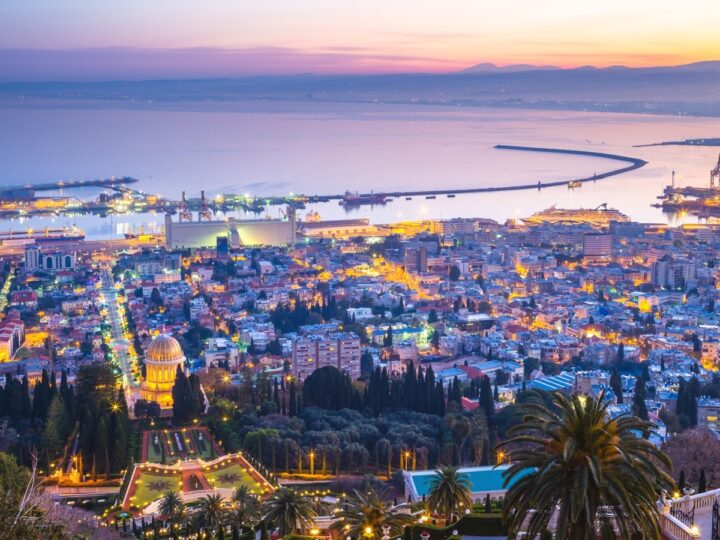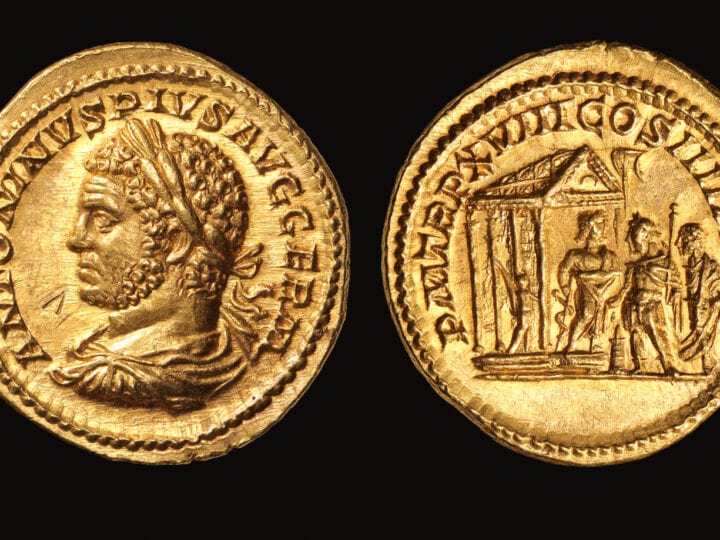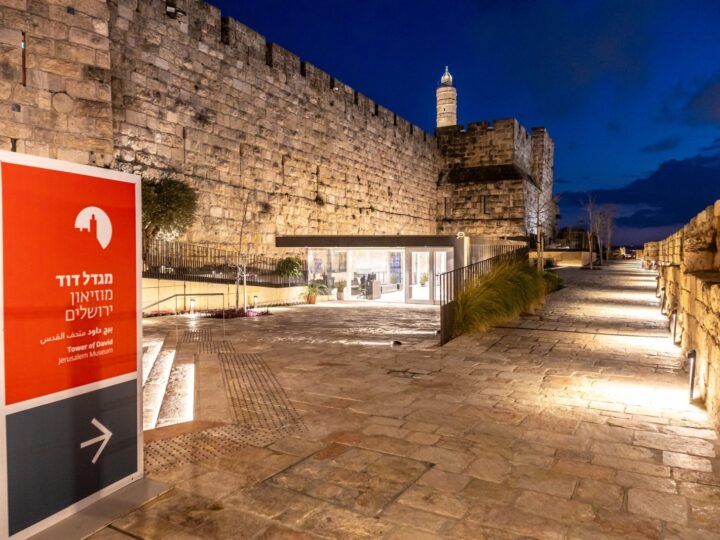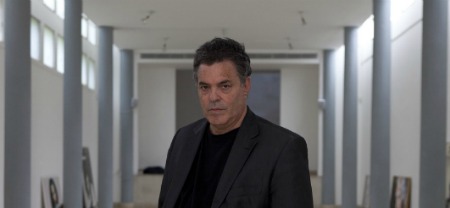
Israel’s first museum devoted to architecture is scheduled to open on March 16, in the former studio of one of Haifa and Tel Aviv’s most prominent Bauhaus architects, Munio Gitai Weinraub.
The project is a labor of love for Weinraub’s son and owner of the property, Israeli film director Amos Gitai. In fact, opening day purposely coincides with the late Weinraub’s birthday and will also feature the premiere of Gitai’s film Lullaby for My Father.
“The museum is a homage to this generation of architects, like my father and his friends from the Bauhaus,” Gitai tells ISRAEL21c.
But at the same time, Israel’s 233rd museum has a social-justice angle — presciently planned by Gitai long before social protests enveloped Israel in the summer of 2010.
“We want to draw attention to the fact that architecture has to look at social issues,” says Gitai, 61. The museum’s first temporary exhibit is to be devoted to public housing in Israel from the 1940s to the present.
“Looking back, I feel that architects became too consumed by designing airports and museums — flashy buildings — while we need some talented architects to design modest apartment houses for people who don’t have means,” says Gitai, who has a doctorate in architecture from the University of California at Berkeley. “The museum is meant to draw attention to these issues.”
Now ‘auditioning’
The Museum of Architecture is being readied in a 180-square meter space in Haifa’s central Carmel neighborhood. Gitai engaged Efrat-Kowalsky, the same architectural firm responsible for the renewed Israel Museum campus in Jerusalem, to plan the renovations.
It will have an archive and a small area for study and reading in addition to exhibition and screening spaces.
“I really want to focus sometimes on a single building and sometimes on thematic issues,” says Gitai. “We hope to cooperate with architects here and abroad. We have started to create these networks.”
He and his board of directors are now “auditioning” candidates for the position of director and curators.
Though Weinraub was trained in the boxy utilitarian Bauhaus style prevalent in Tel Aviv, the museum will also display other modernist Israeli architecture, such as Haifa’s 1930s Mendelsohnian structures, Gitai says.
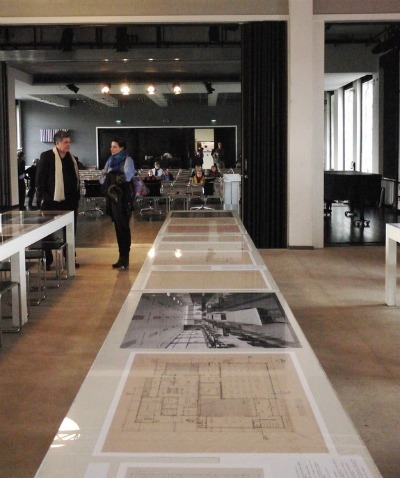
In the summer, the museum will host a presentation of Amos Gitai, Architectures of Memory, a video installation about Weinraub currently at the National Museum of Cinema in Torino, Italy.
“We will present it also in our architecture museum and in the three big cities [Jerusalem, Tel Aviv and Haifa] in July.” It will kick off at the Jerusalem Film Festival; tickets go on sale June 24.
Gitai also has a “Traces” exhibition in Dessau, Germany, which follows his father’s footsteps in the city where the Bauhaus school was located.
Lullaby for My Father
For Gitai, the themes of architecture and family are closely interrelated.
His 20 feature films and 25 documentaries (including the 1996 Munio Weinraub Gitai Architect) have won numerous industry honors and his work was the subject of a major retrospective at New York’s Museum of Modern Art.
With all this success behind him, he decided it was time to further explore his roots.
“I have been working for several years on the biography of my father and along the way discovered very interesting documents,” says Gitai.
Lullaby for My Father describes how Weinraub, born in 1909, left home in what is now Poland at age 18 and became friendly with avant-garde artists such as Kandinsky and Klee, both of whom taught at the Bauhaus school.
“They sent him for one year to study the use of wood since they wanted to have a craftsman,” says Gitai. “Then he was admitted as a student at the Bauhaus.”
But he wasn’t there long. The Nazis closed the Bauhaus in 1932, and after Hitler passed anti-Semitic racial laws in April 1933, Weinraub and three other Jewish former Bauhaus students were arrested for treason.
“He was beaten; they broke his teeth and then they threw him in jail in June 1933,” recounts his son. The foursome was expelled from Germany, escaped to Switzerland and had to go either to Palestine or the United States.
“I think my father decided on Palestine because he was very much moved by all the social experiments of that period, such as the kibbutz and social housing,” says Gitai.
These refugees eventually helped turn Tel Aviv and Haifa into Bauhaus showpieces, with thousands of white stone modernist structures. Many of these buildings are currently being renovated and are responsible for Tel Aviv’s nickname, the White City.
Soon you can learn all about it at Israel’s Museum of Architecture.





